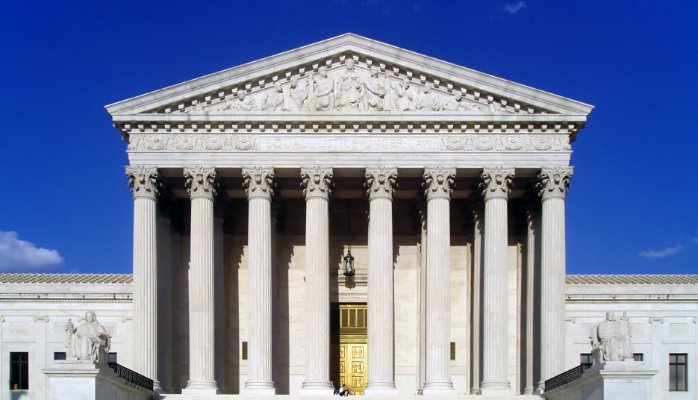Buried in the New Hampshire Primary focus was the news that the Clean Power Plan, the Obama Administration’s landmark plan for reducing carbon dioxide, was effectively blocked by the Supreme Court (along ideological lines as expected) until legal challenges from 27 states, a number of utilities, and coal producers are resolved. The suing parties had to prove the Plan’s implementation would cause irreparable harm to them through increased capital costs and increased electricity costs onto consumers. Apparently the Supreme Court agreed. So what does that mean? As is stated, any appeal to remove the stay will not be taken up until June, and it may be many months after that until a verdict on removing the stay is provided. Basically the plan will be stalled until Obama leaves office.
This is significant for many reasons. This decision puts a dent on the greenhouse gas reduction pledges the U.S. agreed to at COP21 (the recent climate change conference in November 2015). Congressional Republicans, most who are staunchly opposed to this law, know that with this stay, if they can get one of their fellow party men in the Oval Office, they will have the power – and will use it – to eliminate the Plan completely. And if a Democrat were to win the presidency, they would have lawyers finding every possible thing to litigate on in the plan that it takes years to get through everything, making the plan obsolete through inaction. Fossil fuel-dependent states that were in the process of developing emission reduction plans will probably put those plans on halt. This also gives the climate change skeptics ammunition against the federal government’s role in reducing emissions and casting even more doubt on the existence of climate change.
The environment/sustainability-focused groups will have to change strategies. It has been observed that even without the Plan, the share of electricity being generated by coal has decreased significantly in the last decade, with natural gas taking an increased share. Of course, drilling for gas has its own significant issues (potential earthquake generation, groundwater contamination, chemical runoff, etc…) but that transition is happening for better or worse.
I see progressive states continuing their plan development and moving forward to upgrade to cleaner power plants. But the number is less than those who are against the Plan. There may be a renewed push for energy efficiency strategies, which the big utilities primarily state their belief in compared with other reduction techniques.
No matter how you put it, this is a major blow to the administration’s climate change reduction agenda. The plan was a start to reduce emissions to keep the world from warming more than 2 degrees Celsius as agreed to in COP21 (although many disagree that the agreement would effectively limit world temperature increase to 2 degrees). Now it is on indefinite hold. I’m interested to see the response to the ruling from the White House and what the EPA’s next moves are.
You also might be interested in
This quote is telling: “After a month of staying locked[...]
Measuring the effectiveness of our highways is key to developing[...]
Finding the NEXT company when it comes to EV battery[...]





Leave a Reply